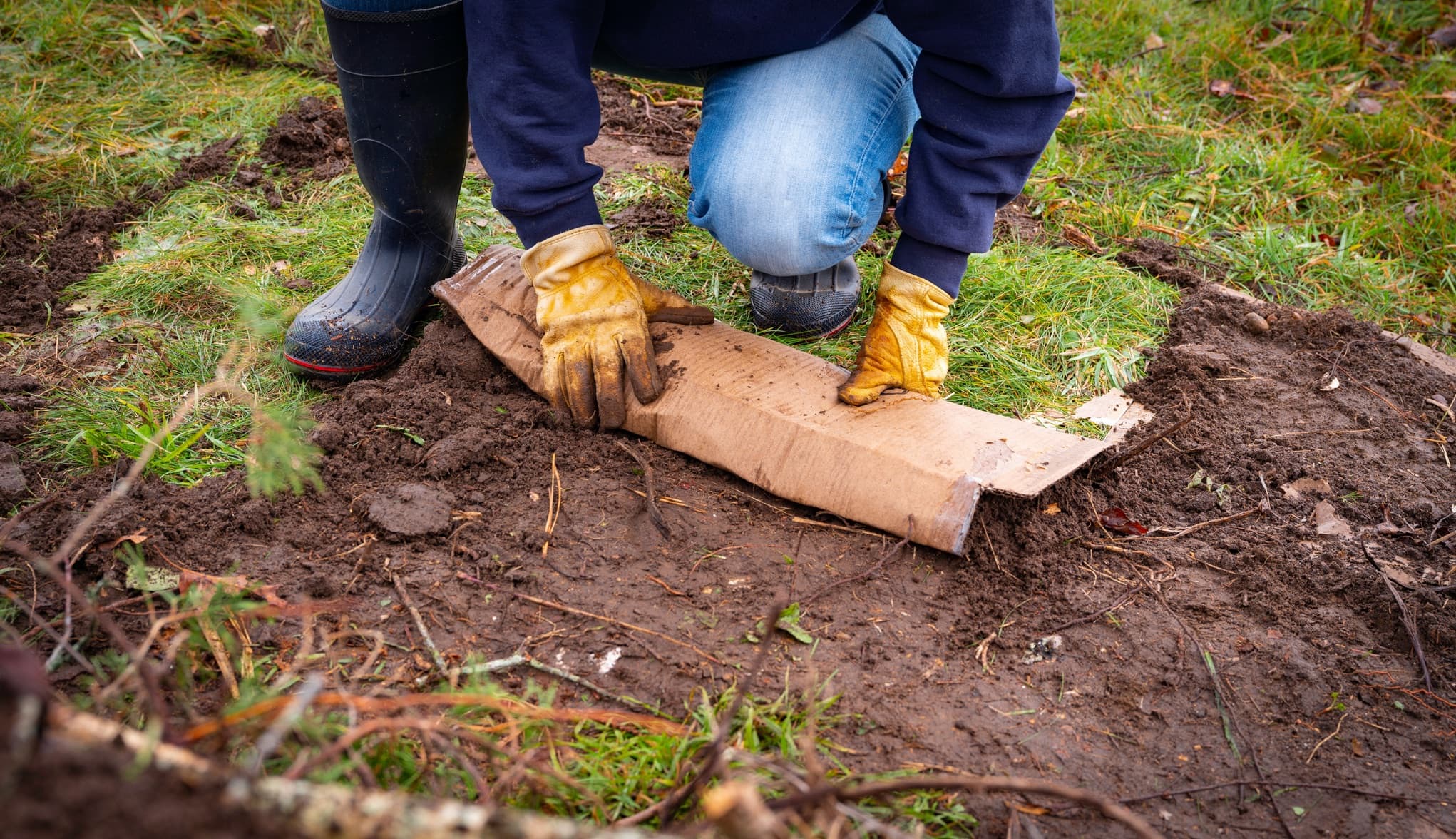Meadowlark
No N-P-K Required
- Joined
- Feb 5, 2019
- Messages
- 2,698
- Reaction score
- 2,250
- Location
- East Texas
- Hardiness Zone
- old zone 8b/new zone 9a
- Country

I've never understood the hype about no till especially in the veggie garden. If I understand it correctly, the big plus associated with it allegedly was it results in higher carbon retention. This has never made sense to me.
Now, a new comprehensive study refutes that hype and shows in fact that it does not result in higher carbon retention.
"We can store more carbon in farmland soils if we just leave it untilled. Or…so we thought. An extensive new review has turned this influential idea on its head, suggesting that no-till methods don’t actually store any more carbon in the long term by leaving soil untouched, compared to fields that are regularly churned up."
If you garden for veggies, don't expect no till to reduce carbon.
Now, a new comprehensive study refutes that hype and shows in fact that it does not result in higher carbon retention.
"We can store more carbon in farmland soils if we just leave it untilled. Or…so we thought. An extensive new review has turned this influential idea on its head, suggesting that no-till methods don’t actually store any more carbon in the long term by leaving soil untouched, compared to fields that are regularly churned up."
If you garden for veggies, don't expect no till to reduce carbon.


